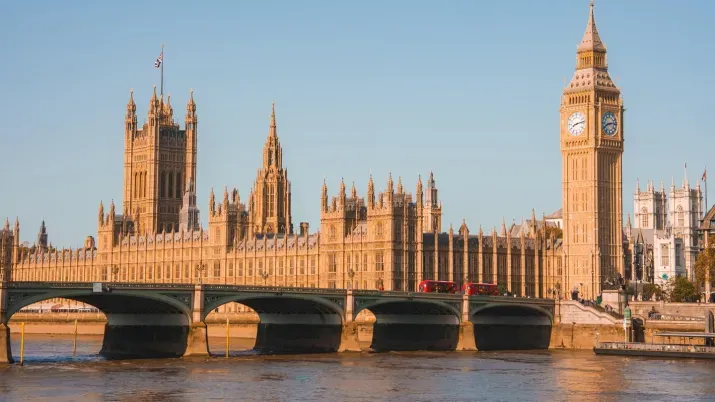Does Trump’s win change anything for fixed income?
With Donald Trump’s solid victory helping the dust around the US election result settle faster than many might have expected, investors’ attention has promptly shifted to the potential economic and financial market implications of the new administration.
It is important to acknowledge that at this stage, while we may have more certainty about the direction of travel for certain economic variables under Trump’s second presidency, there is no way of properly assessing what the economic consequences or market reaction will be until we learn more details about the actual policies. These will take months to emerge in full, but there are some early conclusions we can draw, and we can also point to a number of issues we think are most important for fixed income investors to monitor in the coming weeks.
The key conclusion from an asset allocation point of view is that the probability of a hard landing for the US continues to decline. We do not yet know the extent of Trump’s plans for financial deregulation, the fiscal deficit or tax cuts, but as we’ve said the direction of travel is clear. The overall impact of Trump’s policies on growth is uncertain, as the boost from fiscal spending might be offset by tariffs that make the economy less efficient. If curbs on immigration prove to be severe, this could also weigh on the potential growth rate. However, we doubt the potential negative consequences will weigh up to enough to drive a large reduction in growth or a hard landing.
As the chances of a hard landing decline further (and the odds of a soft or no landing naturally increase), it reaffirms our view that spread products are likely to continue outperforming government bonds, as has been the case for several quarters already. Judging by the moves in equities and credit spreads on Wednesday, it looks like the markets generally agree.
Expansionary fiscal policy, tariffs on imports and immigration curbs could all have an inflationary impact, though again it is too early to know how big that impact might be. The Federal Reserve’s (Fed) job might therefore be more difficult when it comes to bringing inflation back to target in a sustainable manner. According to Bloomberg, the curve is now pricing in a US terminal rate (the lowest rates are taken down to in a given cycle) of 3.8%, which has moved up from close to 3% in the space of a month. It is too early to tell if this severe move is justified. We certainly do not expect the Fed to adjust its longer-term ‘dot plot’ rate projections to this magnitude in short order, but it is likely terminal rates end up being somewhat higher than previously expected.
To assess potential value in longer dated US Treasuries (USTs), it is interesting to look at the Fed’s current base case, which includes a terminal rate of just under 3% with no recession on the horizon. First, let’s assume the terminal rate might actually be in the region of 3.25%-3.5%. If we keep the no-recession assumption (and therefore assume the curve will have a positive slope when rates hit their terminal level) and consider that the long-term average slope between the monetary policy rate and the 10-year UST is around 100bp, then that means the 10Y UST looks more or less fair value at its current 4.45%. If we add to this that yields look attractive, the cutting cycle has only just begun and that 10-year USTs offer meaningful protection if economic conditions unexpectedly worsen, then the conclusion is that at the very least a neutral positioning is warranted. We do not think extending duration significantly beyond neutral just because rates have sold off is called for at these levels. There is also the issue of the fiscal deficit and to what extent this could cause a “buyers’ strike” in USTs at some point. But given the market reaction thus far, the risk-reward in 10-year USTs seems reasonable, especially given current geopolitical risks and the unknown shape of foreign policy under the new Trump administration.
Consequently, our view that credit will continue outperforming government bonds and that duration should be at around neutral have not changed as a result of the election. In spite of the hard landing scenario continuing to drift away, spreads are well below their long-term averages and there is not much compensation on offer for moving down in credit quality or for extending credit spread duration markedly. Therefore, our view that average credit quality should be relatively high and credit spread duration should be relatively short are also unchanged, though the run-up in yields does add to the attractiveness of longer dated, high quality credit.
We will of course remain attentive in the next few months as details of the new administration’s policies start to emerge. But so far, with markets reacting largely as expected given a Trump win, we see no reason to change our expectations too much. Collecting elevated yields remains the name of the game.




